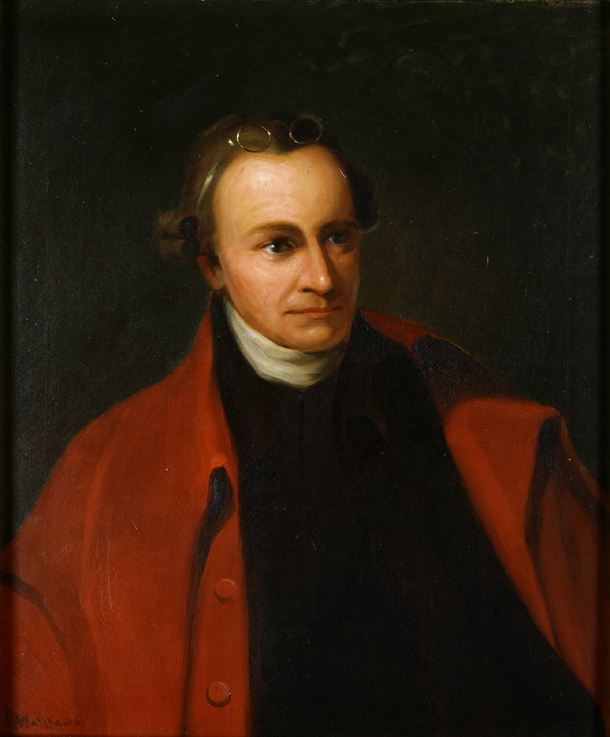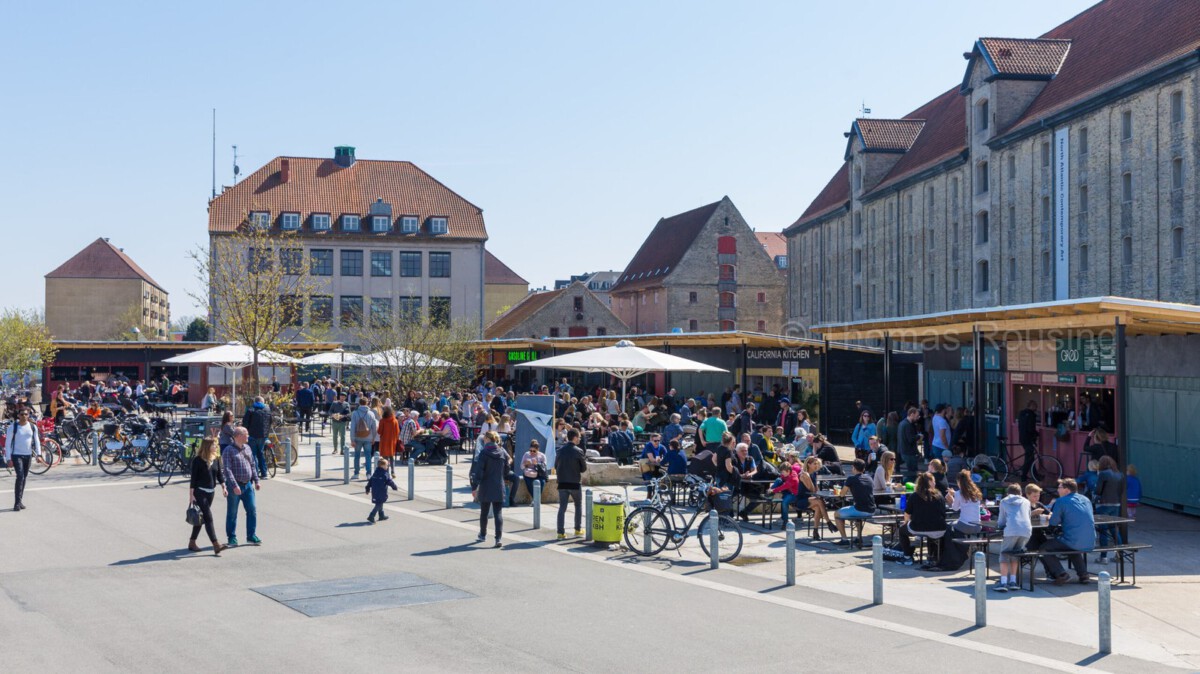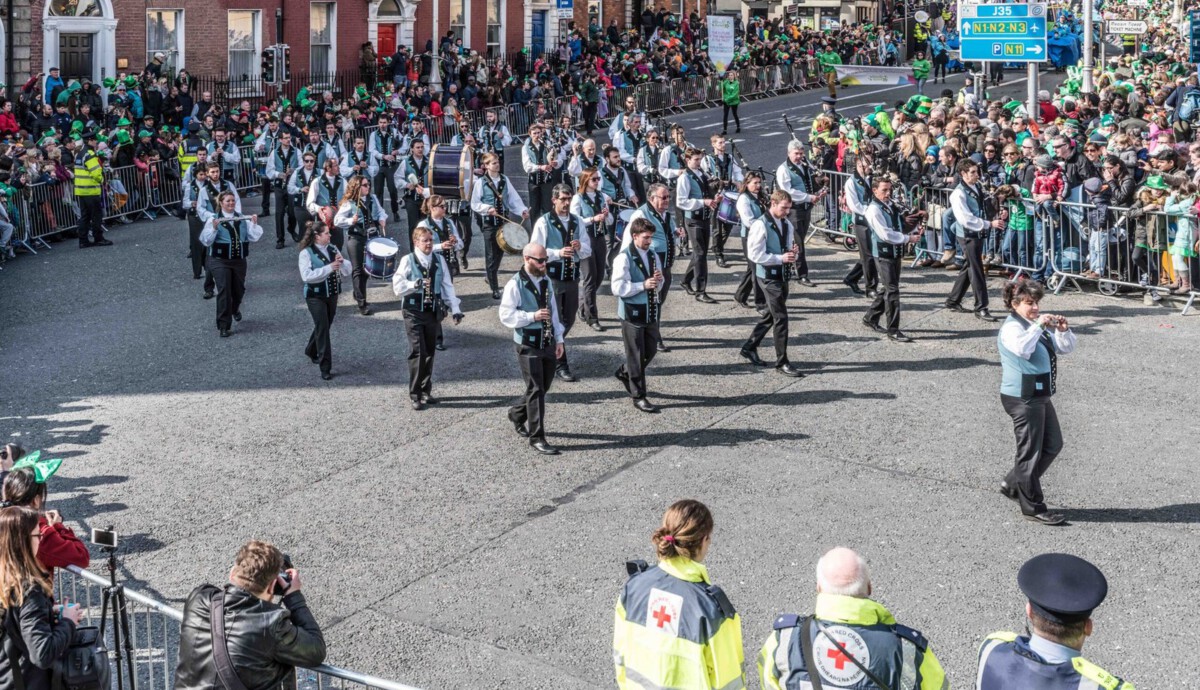The Great Pueblo Revolt of 1680: When Indigenous Resistance Reshaped the Southwest
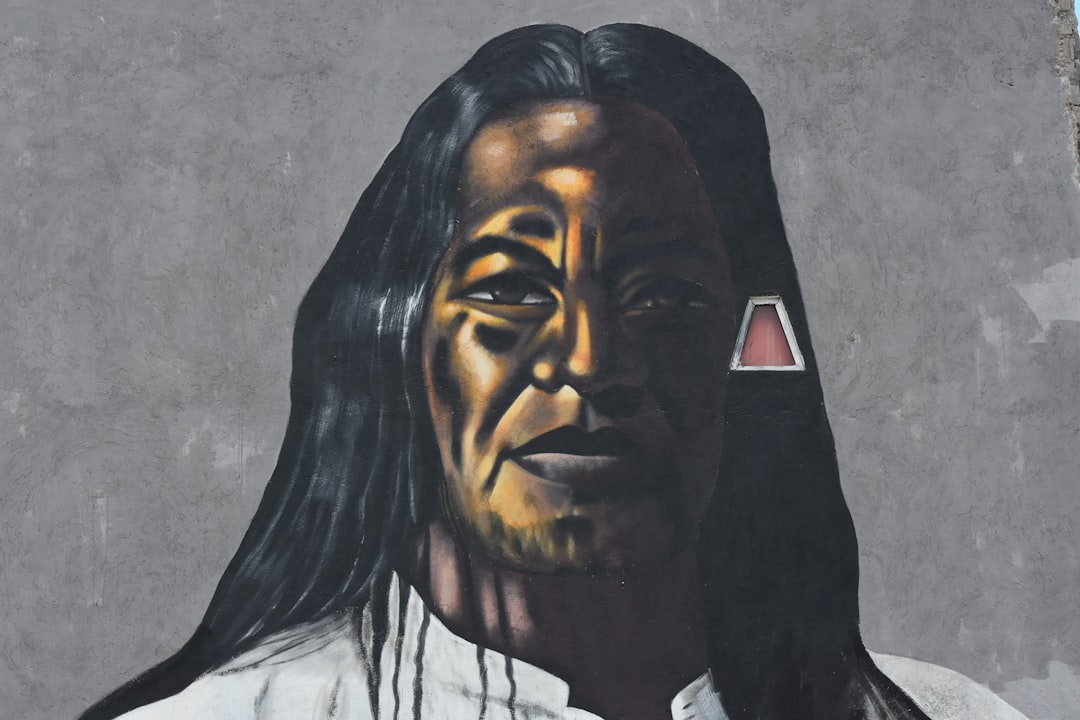
Most Americans know about the Boston Tea Party, but few realize that the most successful indigenous uprising in North American history happened a century earlier in New Mexico. The Pueblo Revolt of 1680 united over 20 different Native American communities under the leadership of Popé, a San Juan Pueblo medicine man who coordinated an unprecedented rebellion against Spanish colonial rule. On August 10, 1680, approximately 17,000 Pueblo people simultaneously attacked Spanish settlements across a 400-mile stretch of the Rio Grande valley, killing over 400 colonists and forcing the remaining 2,000 to flee south. The rebellion successfully expelled Spanish forces from the region for twelve years, making it the longest period of indigenous sovereignty in post-contact North America. This coordinated resistance demonstrated sophisticated military planning and inter-tribal cooperation that historians now recognize as a pivotal moment in shaping the cultural landscape of the American Southwest.
Bacon’s Rebellion: The Forgotten Civil War That Nearly Destroyed Virginia
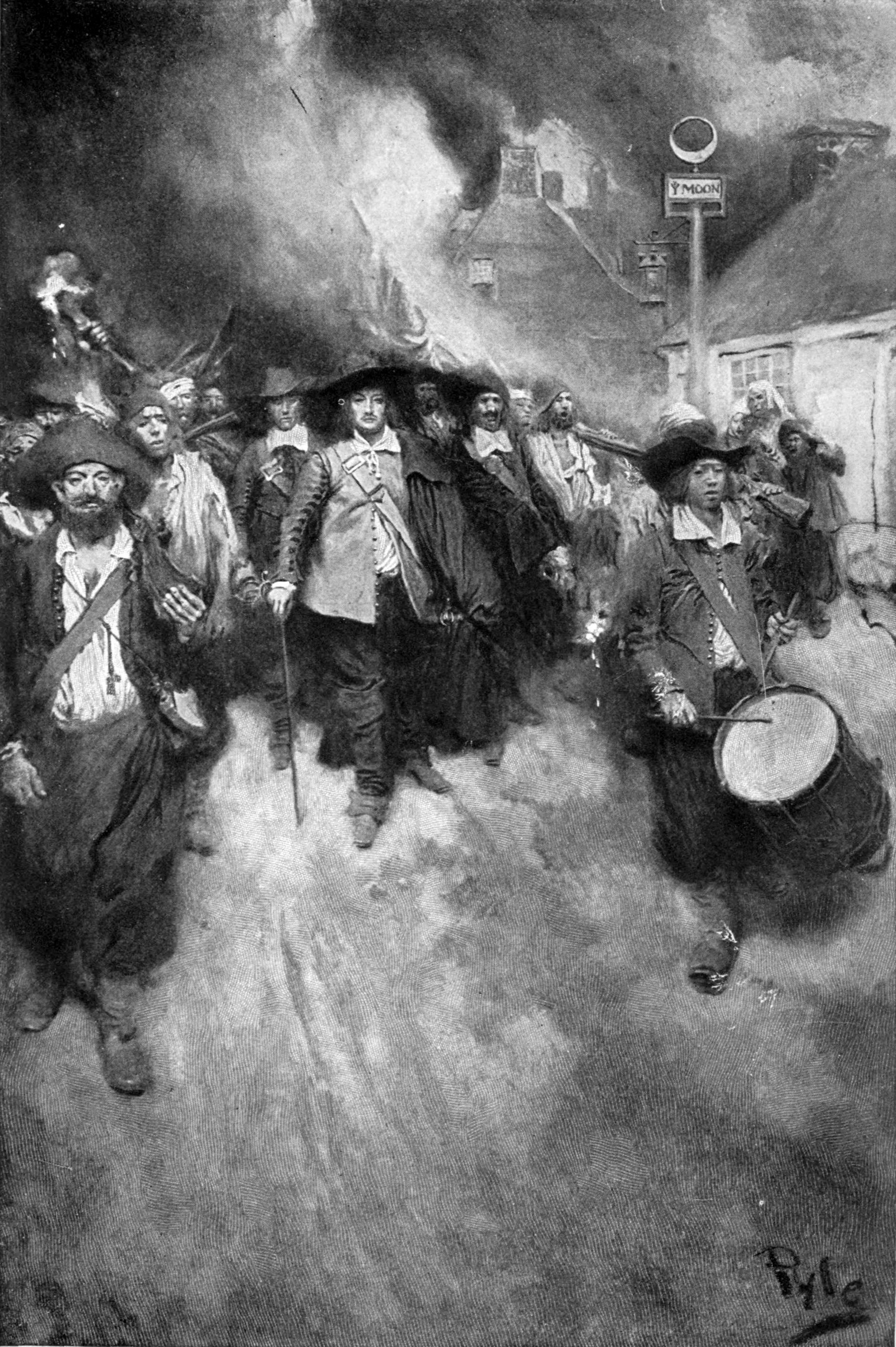
In 1676, Virginia erupted into what historians call America’s first civil war, yet most people have never heard of Bacon’s Rebellion. Nathaniel Bacon, a wealthy planter, led a multiracial coalition of indentured servants, enslaved people, and poor farmers against the colonial government of Governor William Berkeley. The rebellion began over disputes about Native American policy but quickly escalated into a broader uprising against the Virginia elite, with Bacon’s forces burning Jamestown to the ground on September 19, 1676. Recent archaeological evidence from the Virginia Museum of History & Culture reveals that the rebellion involved approximately 1,000 armed insurgents and resulted in the deaths of several hundred colonists. The uprising collapsed only after Bacon died of dysentery, but its aftermath fundamentally altered colonial labor systems as plantation owners shifted from indentured servants to enslaved Africans to prevent future multiracial alliances. This rebellion’s suppression marked a crucial turning point in the development of racialized slavery in America.
The Paxton Boys Massacre: When Frontier Violence Reached Philadelphia
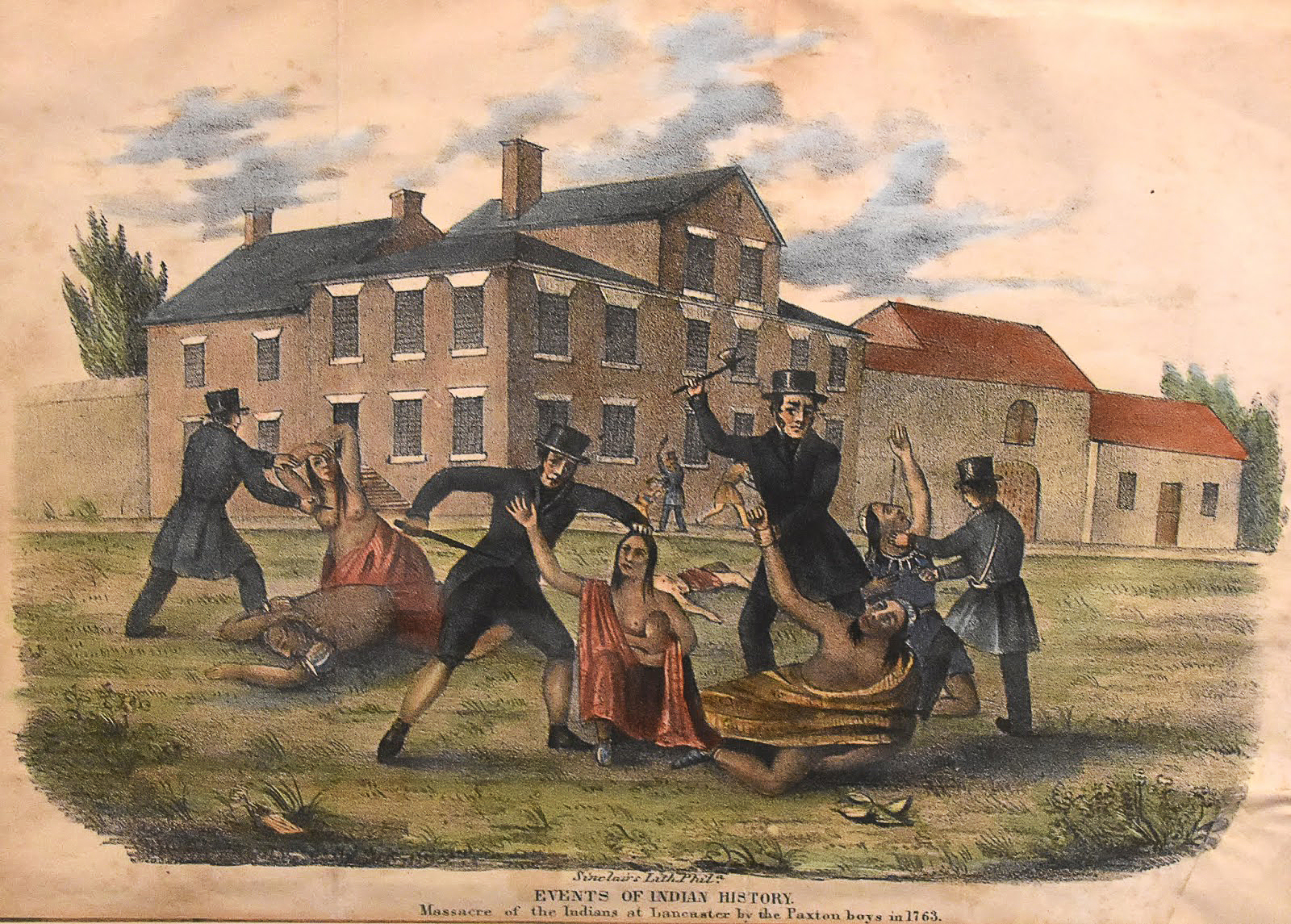
The winter of 1763 brought one of colonial America’s most shocking episodes of vigilante violence when a group of Scots-Irish frontiersmen called the Paxton Boys massacred 20 peaceful Conestoga Indians in Lancaster County, Pennsylvania. These men, frustrated by ongoing conflicts during Pontiac’s War, first attacked the Conestoga settlement on December 14, 1763, killing six Native Americans, then returned two weeks later to murder the remaining 14 survivors who had sought protection in the Lancaster jail. The Paxton Boys then marched on Philadelphia with over 600 armed supporters, threatening to kill the 140 Native Americans who had taken refuge in the city. Benjamin Franklin personally negotiated with the mob on February 4, 1764, preventing what could have been a massacre in the heart of colonial America’s largest city. This incident revealed the deep divisions between frontier settlers and urban colonists over Native American policy, tensions that would continue to shape American expansion for decades to come.
The Stono Rebellion: The Largest Slave Uprising in Colonial America
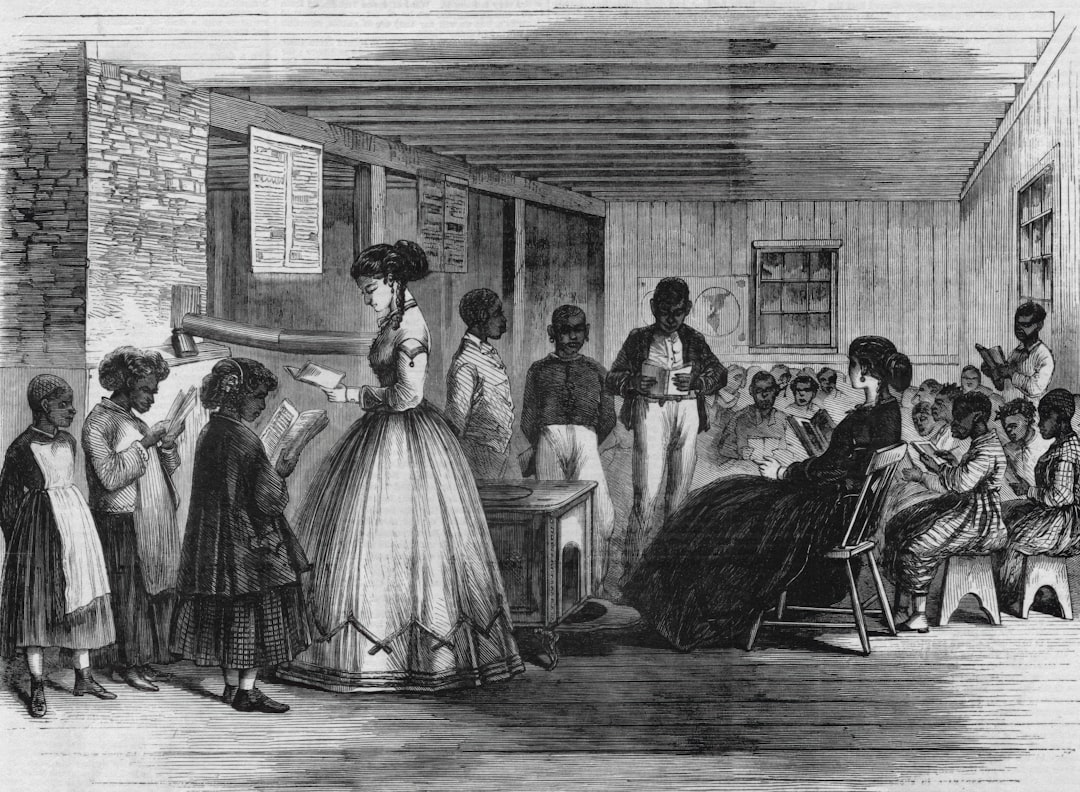
On September 9, 1739, near the Stono River in South Carolina, approximately 20 enslaved Africans seized weapons from a store and began marching toward Spanish Florida, where they believed they could find freedom. Led by a man named Jemmy, who was likely from the Kingdom of Kongo, the rebels killed over 20 white colonists and recruited dozens of other enslaved people as they moved south, their numbers swelling to nearly 100 participants. The uprising lasted for several hours before colonial militia caught up with the rebels, resulting in a battle that left approximately 44 enslaved people and 20 white colonists dead. Recent research by historian John Thornton reveals that many of the rebels were likely military veterans from African wars, explaining their organized fighting capabilities and strategic thinking. The Stono Rebellion prompted South Carolina to pass the Negro Act of 1740, which severely restricted the movements and rights of enslaved people, and influenced similar laws throughout the American colonies.
The Walking Purchase: Pennsylvania’s Greatest Land Fraud
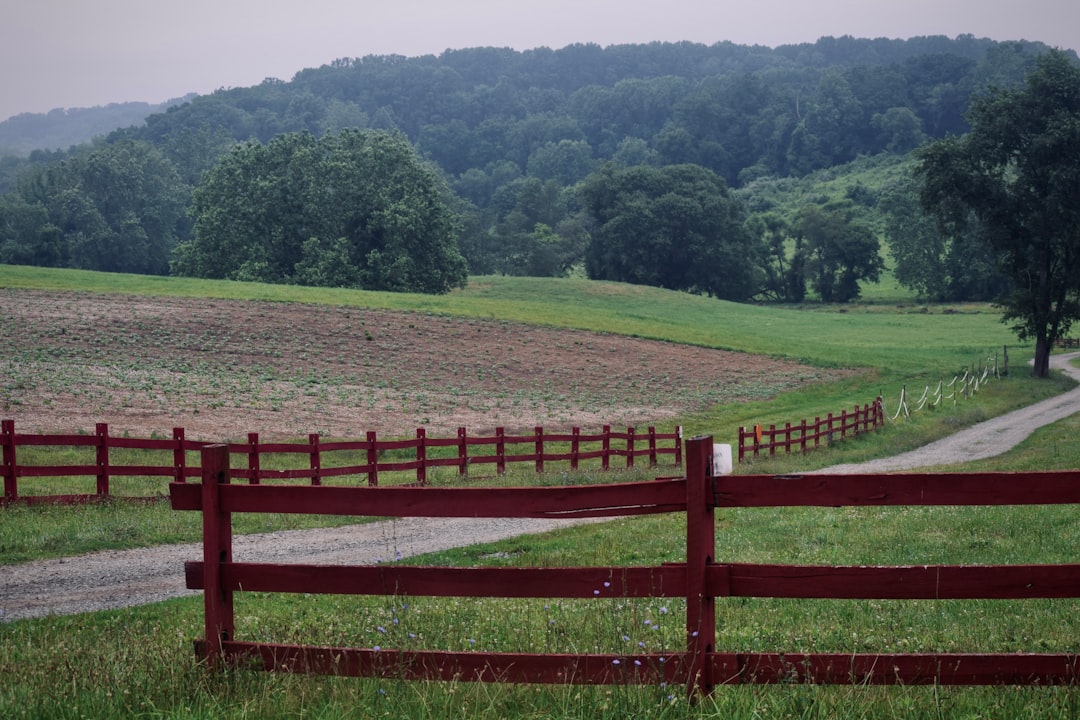
In 1737, Pennsylvania’s colonial government perpetrated one of the most audacious land frauds in American history through what became known as the Walking Purchase. The scheme involved a supposedly legitimate treaty that allowed colonists to claim as much Delaware (Lenape) territory as a man could walk in a day and a half. However, colonial officials secretly hired the fastest runners in the colony, cleared paths in advance, and stationed horses and food along the route to maximize the distance covered. The three runners covered approximately 60 miles in the allotted time, claiming 1,200 square miles of prime Delaware territory – an area larger than the state of Rhode Island. Chief Lappawinsoe and other Delaware leaders protested that this violated the spirit of their ancestors’ agreement, which they believed referred to a casual walk, not an athletic competition. This fraudulent acquisition displaced thousands of Native Americans and contributed to the Delaware Nation’s alliance with the French during the Seven Years’ War, fundamentally altering the balance of power in colonial Pennsylvania.
The Great Negro Plot of 1741: Manhattan’s Forgotten Conspiracy Trial
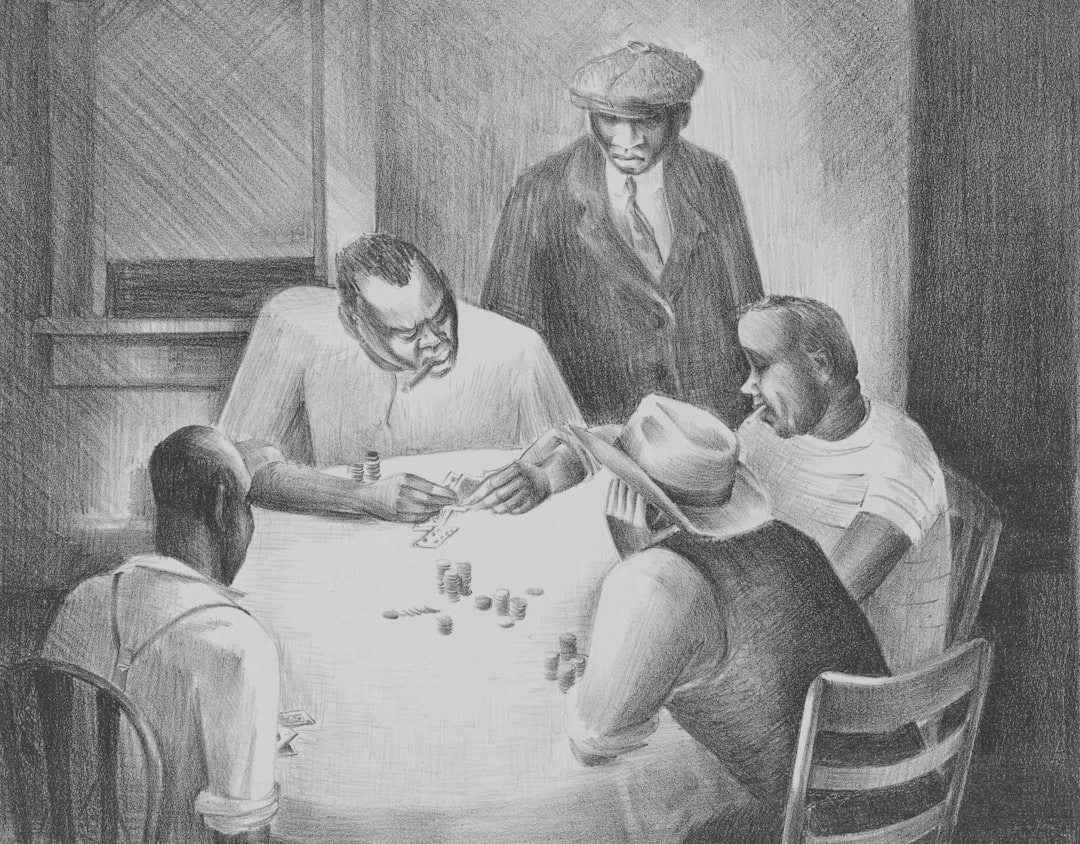
During the winter of 1741, New York City was gripped by fear over what authorities claimed was a massive conspiracy involving enslaved people and poor white colonists to burn down the city and massacre its inhabitants. The panic began after a series of suspicious fires, including one that destroyed Fort George, the colonial government’s headquarters, on March 18, 1741. Over the following months, colonial authorities arrested 200 people, including 154 enslaved Africans and 20 white colonists, in what became one of the largest mass trials in colonial American history. The proceedings, led by Chief Justice Frederick Philipse, resulted in 34 executions – 30 by hanging and 4 by burning at the stake – along with 70 deportations to the West Indies. Modern historians, including Jill Lepore of Harvard University, argue that the conspiracy likely never existed and that the trials represented a manifestation of colonial anxieties about slavery and urban unrest. The episode revealed the deep fears that shaped race relations in colonial New York and influenced the development of slave codes throughout the northern colonies.
The Regulator Movement: North Carolina’s Rural Uprising Against Corruption
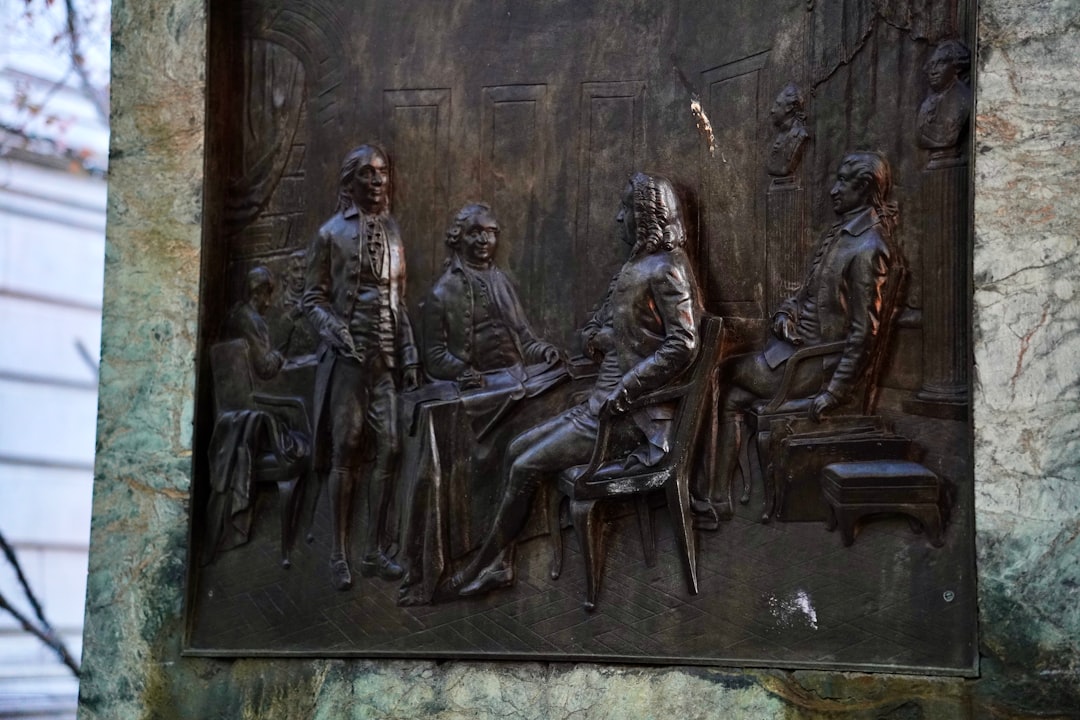
Between 1766 and 1771, backcountry farmers in North Carolina organized one of colonial America’s most significant anti-government movements, known as the Regulator Movement. Led by figures like Herman Husband and Rednap Howell, approximately 6,000 farmers formed armed groups to protest corrupt tax collection, excessive court fees, and the lack of representation in colonial government. The Regulators disrupted court proceedings, refused to pay taxes, and even seized control of entire counties in their effort to “regulate” what they saw as an oppressive colonial administration. The movement culminated in the Battle of Alamance on May 16, 1771, where Governor William Tryon’s militia defeated approximately 2,000 Regulators in what many historians consider a dress rehearsal for the American Revolution. Recent scholarship by historian Marjoleine Kars demonstrates that the Regulator Movement directly influenced the political philosophy of the American Revolution, with many former Regulators becoming leaders in the fight for independence. The uprising highlighted the class tensions and regional divisions that would continue to shape American politics long after independence.
The Acadian Deportation: America’s First Ethnic Cleansing
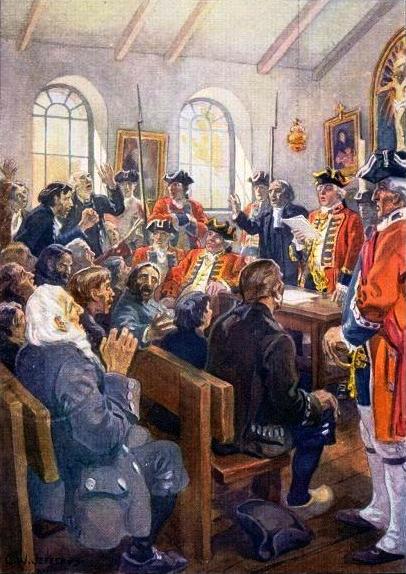
In 1755, British colonial authorities in Nova Scotia initiated what became known as the Great Deportation, forcibly removing approximately 11,500 Acadian French colonists from their homeland in what historians now recognize as North America’s first systematic ethnic cleansing. The deportation, ordered by Lieutenant Governor Charles Lawrence, scattered Acadian families across the American colonies, with many ending up in places like Louisiana, where they became known as Cajuns. Military records from the Nova Scotia Archives reveal that British forces burned Acadian villages, seized their livestock and property, and separated families during the forced removal process. The deportation continued for several years, ultimately displacing over 75% of the Acadian population and destroying a culture that had existed in North America for over 150 years. This traumatic event shaped the cultural identity of French-speaking communities throughout North America and influenced early American attitudes toward ethnic minorities. The Acadian deportation demonstrated how colonial authorities could use military force to eliminate entire populations, setting a precedent for future government actions against indigenous and minority communities.
The Parson’s Cause: When Patrick Henry Challenged the King
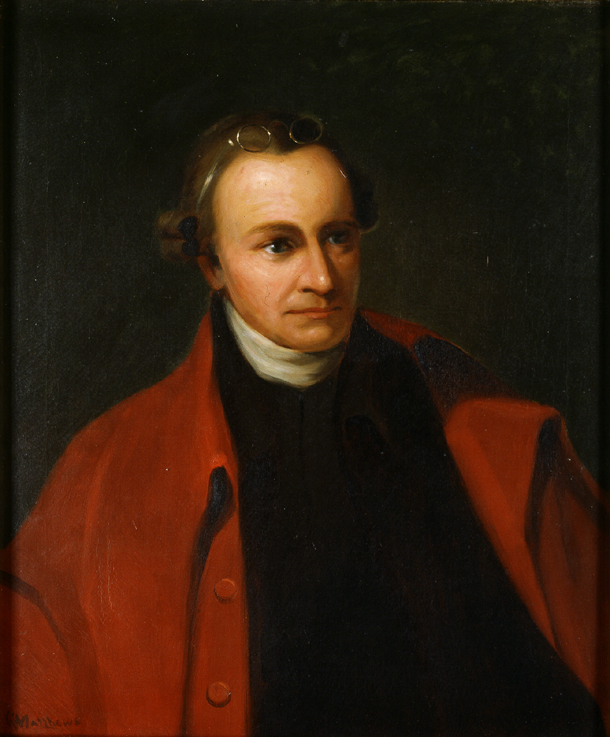
In 1763, a young lawyer named Patrick Henry gained fame by challenging British authority in a case that many historians consider a precursor to the American Revolution. The Parson’s Cause arose when Virginia’s Anglican clergy sued the colonial government for back pay after the colony passed the Two Penny Acts, which allowed debts to be paid in tobacco at a fixed rate rather than market prices. When tobacco prices rose significantly, the clergy demanded payment in cash rather than the depreciated tobacco currency, leading to a series of lawsuits that reached the colonial courts. Henry, representing Hanover County in the most famous of these cases, argued that the king’s disallowance of Virginia’s law was tyrannical and that a king who vetoed beneficial laws “degenerates into a tyrant and forfeits all right to his subjects’ obedience.” The jury awarded the plaintiff only one penny in damages, effectively rejecting the clergy’s claim and establishing Henry’s reputation as a defender of colonial rights. This case introduced many of the legal and philosophical arguments that would later appear in the Declaration of Independence, making it a crucial stepping stone toward American independence.
The Yamasee War: The Conflict That Nearly Destroyed South Carolina
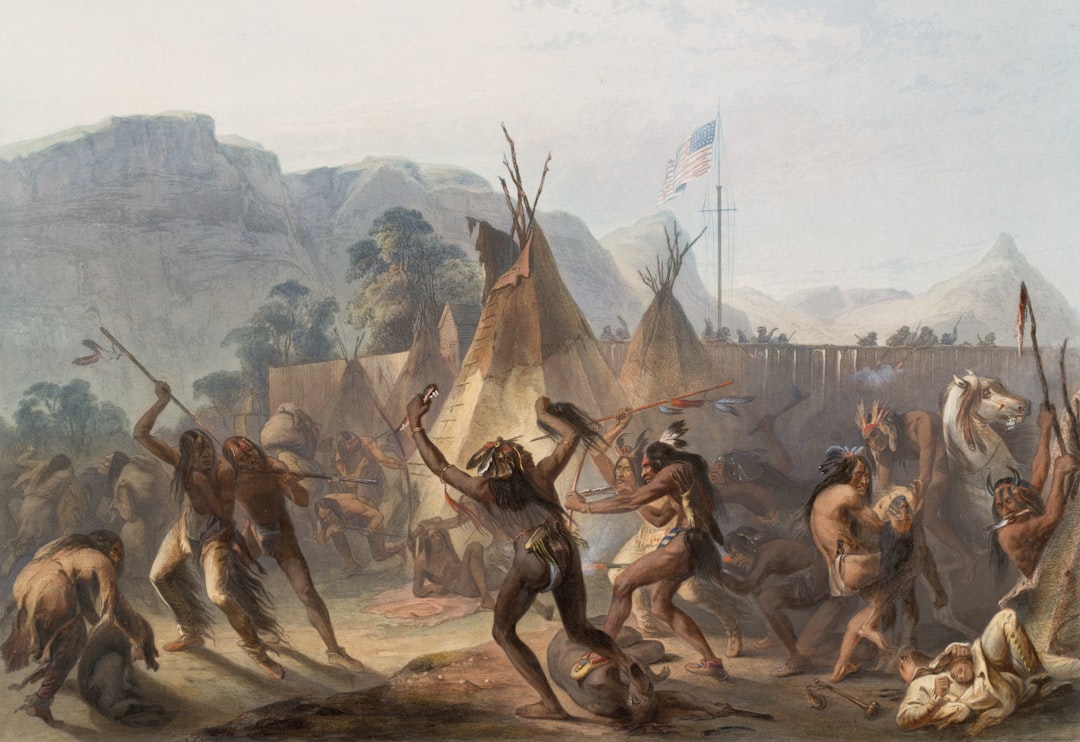
From 1715 to 1717, South Carolina faced its greatest existential threat during the Yamasee War, a conflict that united multiple Native American tribes against the colonial government and nearly wiped out the colony entirely. The war began when the Yamasee tribe, along with allies including the Creek, Catawba, and Cherokee nations, launched coordinated attacks on April 15, 1715, killing approximately 400 colonists in the first wave of violence. The conflict arose from decades of abusive trade practices, including the enslavement of Native Americans and fraudulent land deals that had left many tribes deeply in debt to colonial traders. At the height of the war, Native American forces controlled most of the South Carolina backcountry and threatened Charleston itself, forcing over half the colony’s population to flee to the coast. The war ended only when South Carolina received military assistance from North Carolina and Virginia, and when the Cherokee nation switched sides after being promised better trade terms. Recent archaeological work by the South Carolina Institute of Archaeology and Anthropology has revealed the extent of destruction, with evidence of burned settlements and mass graves throughout the colony. The Yamasee War fundamentally altered the balance of power in the Southeast and led to South Carolina’s decision to import more enslaved Africans to replace the decimated white population.
The Paxton Boys and the Birth of American Vigilantism
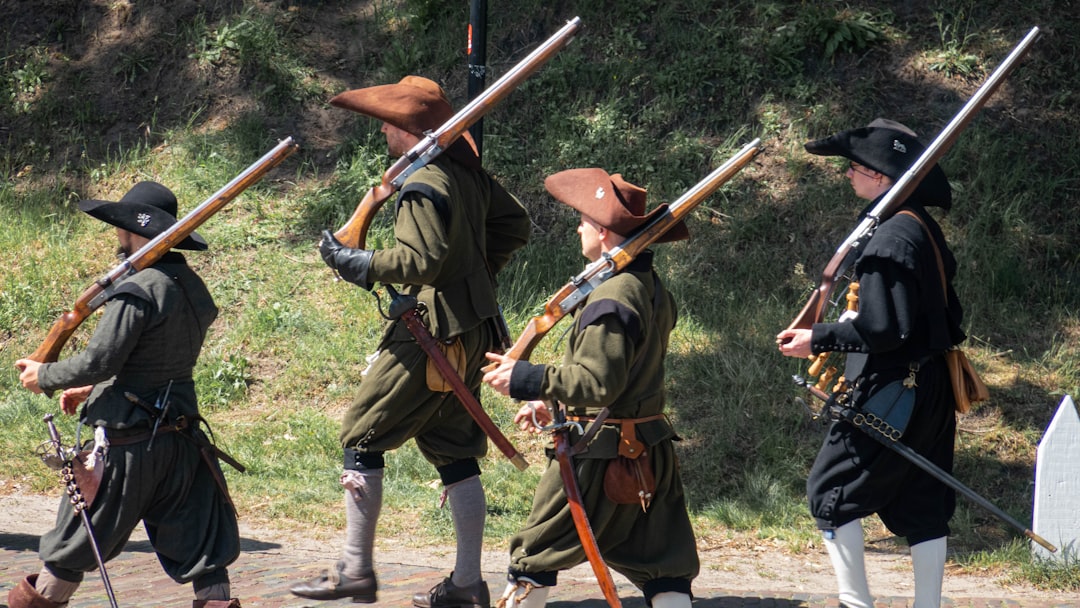
Following their failed march on Philadelphia in 1764, the Paxton Boys published a series of pamphlets that articulated what would become a recurring theme in American history: the right of frontier communities to take the law into their own hands when government failed to protect them. Their “Declaration and Remonstrance” argued that the Pennsylvania government had abandoned its duty to defend frontier settlements against Native American raids, justifying their vigilante actions as necessary self-defense. The pamphlets, written by leaders like Lazarus Stewart and James Smith, reached audiences throughout the colonies and influenced similar frontier movements from the Carolinas to New York. Historical analysis by Penn State historian Kevin Kenny reveals that the Paxton Boys’ rhetoric combined elements of Protestant theology, Enlightenment political theory, and frontier pragmatism in ways that would reappear in later American vigilante movements. The group’s actions and writings established precedents for extralegal violence that would influence American frontier culture for generations, from the California Gold Rush to the Wild West era. Their legacy demonstrates how early American conflicts over law, order, and racial violence shaped the nation’s political culture in ways that extended far beyond the colonial period.
The Molasses Act Crisis: When Sugar Nearly Sparked Revolution
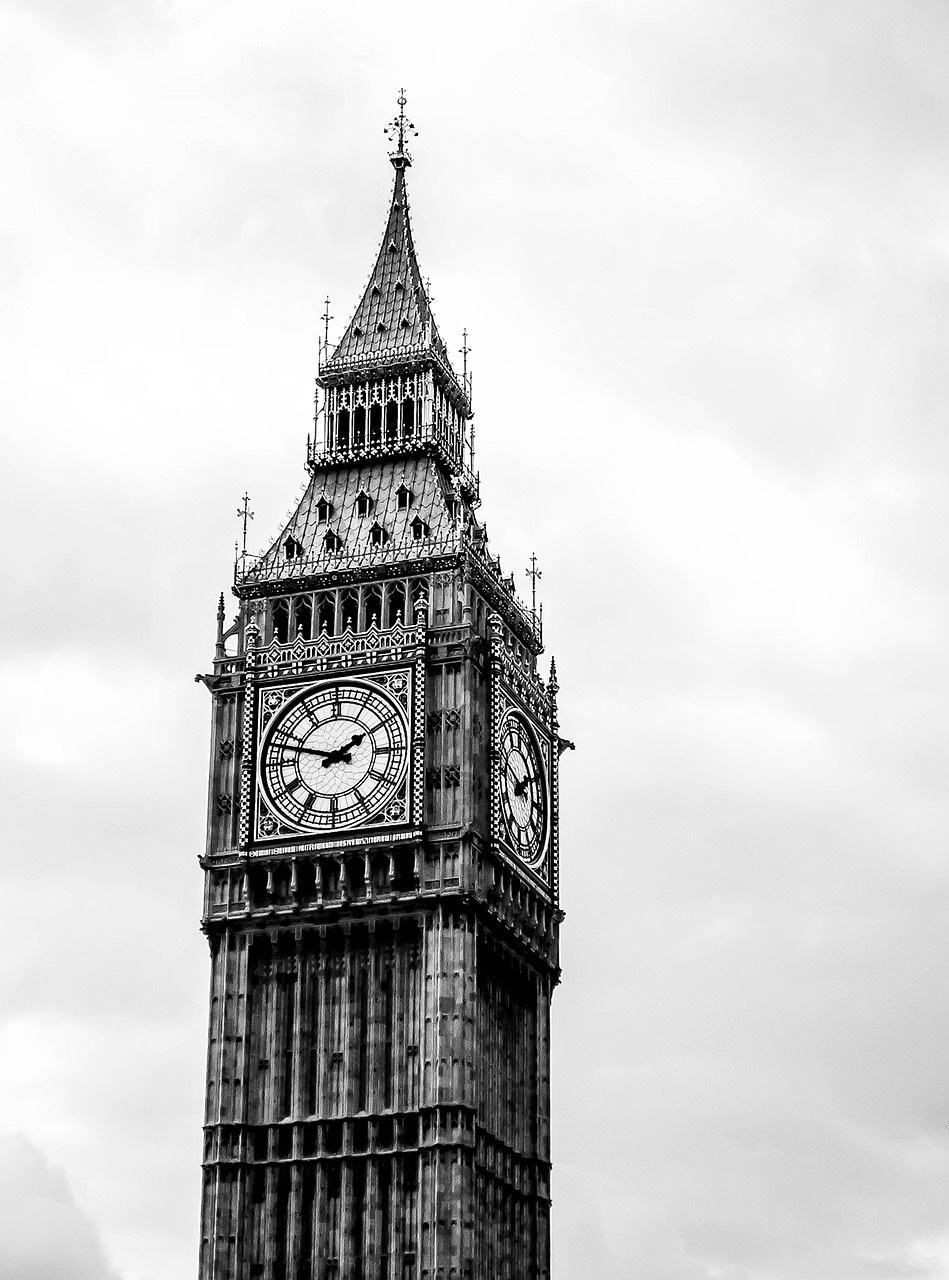
In 1733, the British Parliament passed the Molasses Act, imposing a six-pence-per-gallon tax on molasses imported from non-British colonies, a measure that threatened to destroy New England’s rum industry and sparked the first major colonial resistance to British taxation. The act targeted the lucrative trade between New England merchants and French sugar colonies in the Caribbean, where molasses could be purchased at half the price of British molasses. Colonial merchants immediately began widespread smuggling operations, with ports like Newport, Rhode Island, becoming centers of organized resistance to British customs enforcement. Recent research by economic historian John McCusker reveals that the Molasses Act was largely unenforced for three decades, with colonial merchants paying bribes to customs officials rather than the full tax, creating a culture of corruption and lawlessness. When the British government began serious enforcement efforts in the 1760s through the Sugar Act, it reignited colonial opposition and contributed directly to the resistance movements that led to the American Revolution. The Molasses Act crisis demonstrated how economic regulations could unite diverse colonial interests against British authority and established patterns of resistance that would prove crucial during the revolutionary period.
The Settlement of Germantown: America’s First Protest Against Slavery
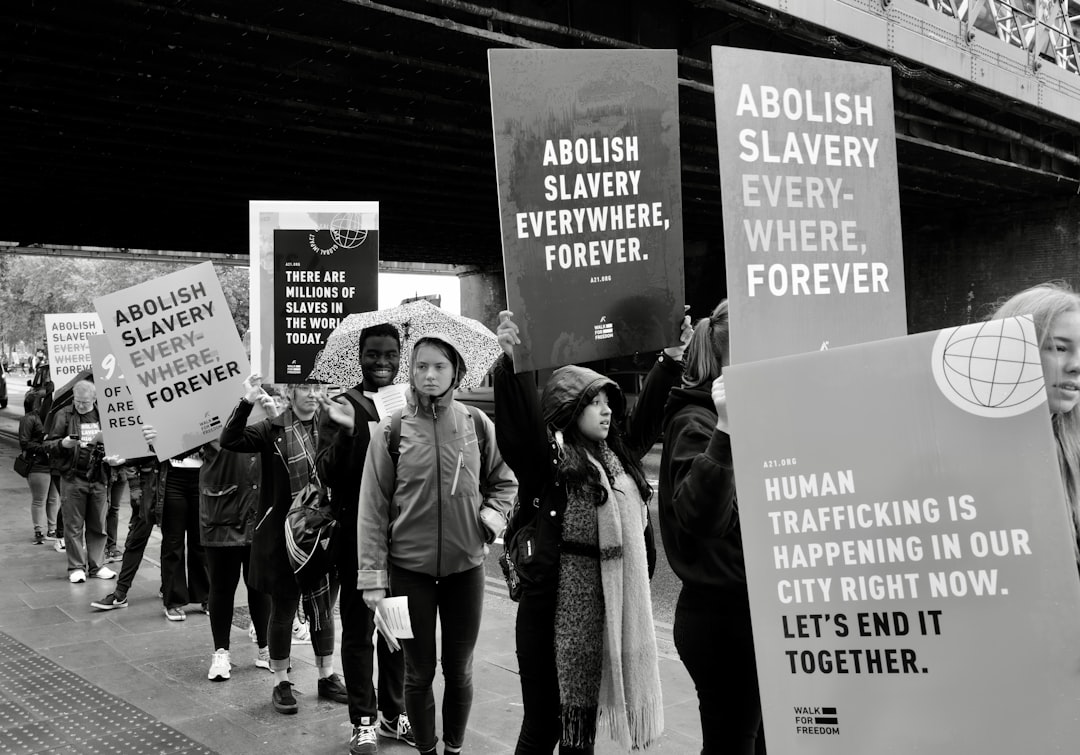
On February 18, 1688, a group of German Mennonites in Germantown, Pennsylvania, signed what historians recognize as the first formal protest against slavery in American history, a document that challenges common assumptions about early American attitudes toward human bondage. The petition, written by Francis Daniel Pastorius, Derick Opdegraf, and two other community leaders, argued that slavery violated Christian principles and natural law, stating that “to bring men hither, or to rob and sell them against their will, we stand against.” The document specifically referenced the Golden Rule, arguing that European colonists would not want to be enslaved themselves and therefore should not enslave others. The Germantown Protest was submitted to the local Quaker meeting, then forwarded to the Philadelphia Yearly Meeting, where it was ultimately tabled without action, revealing the economic interests that prevented early abolition efforts. Modern analysis by historian Katharine Gerbner shows that the petition’s arguments anticipated many of the theological and philosophical positions that would later fuel the abolition movement. The Germantown Protest demonstrates that opposition to slavery existed from the earliest days of American colonization, even as economic and social pressures prevented its immediate implementation.
Did you expect these hidden chapters to reveal such surprising connections between colonial events and the America we know today?

